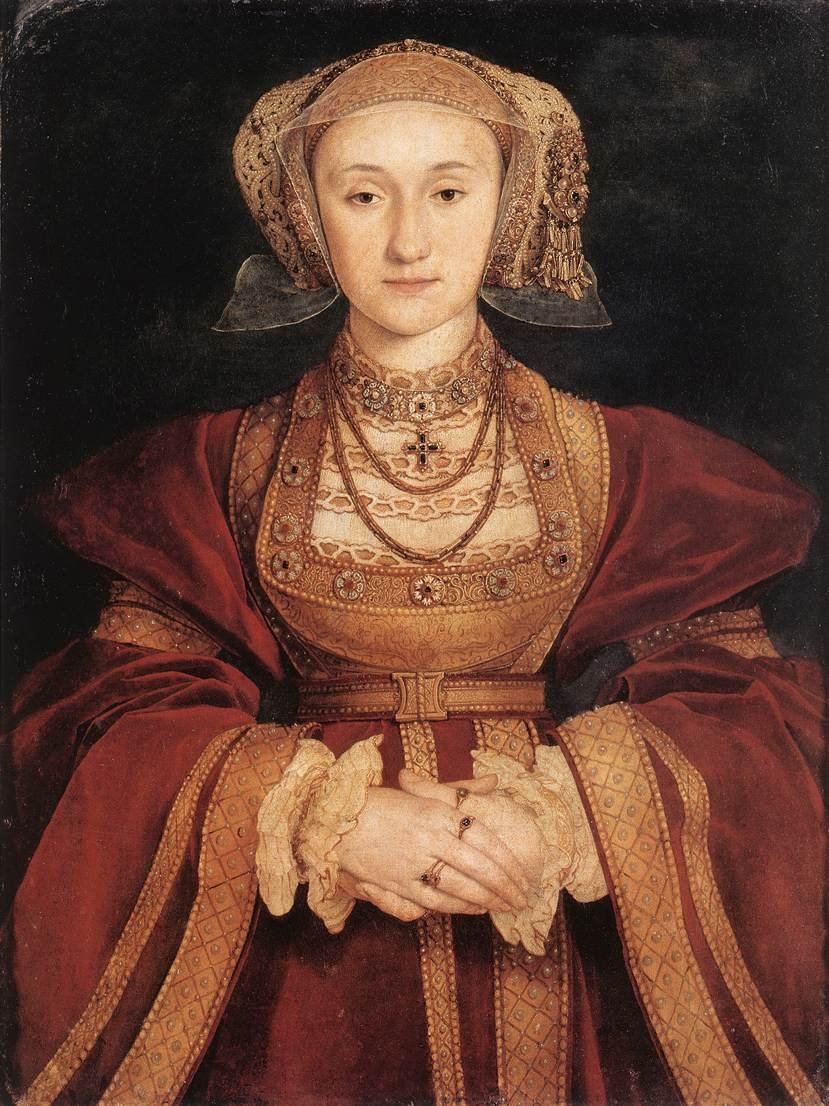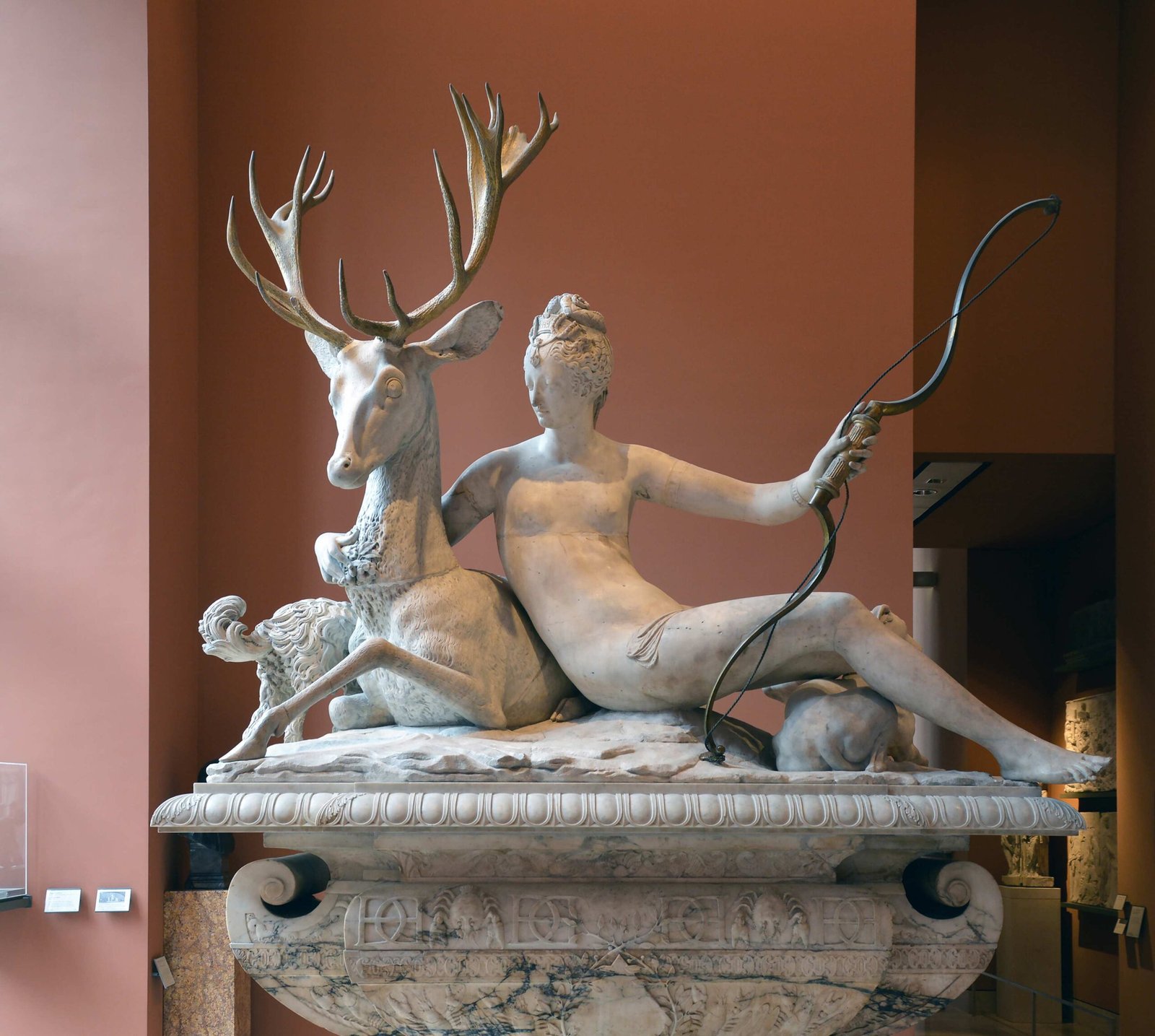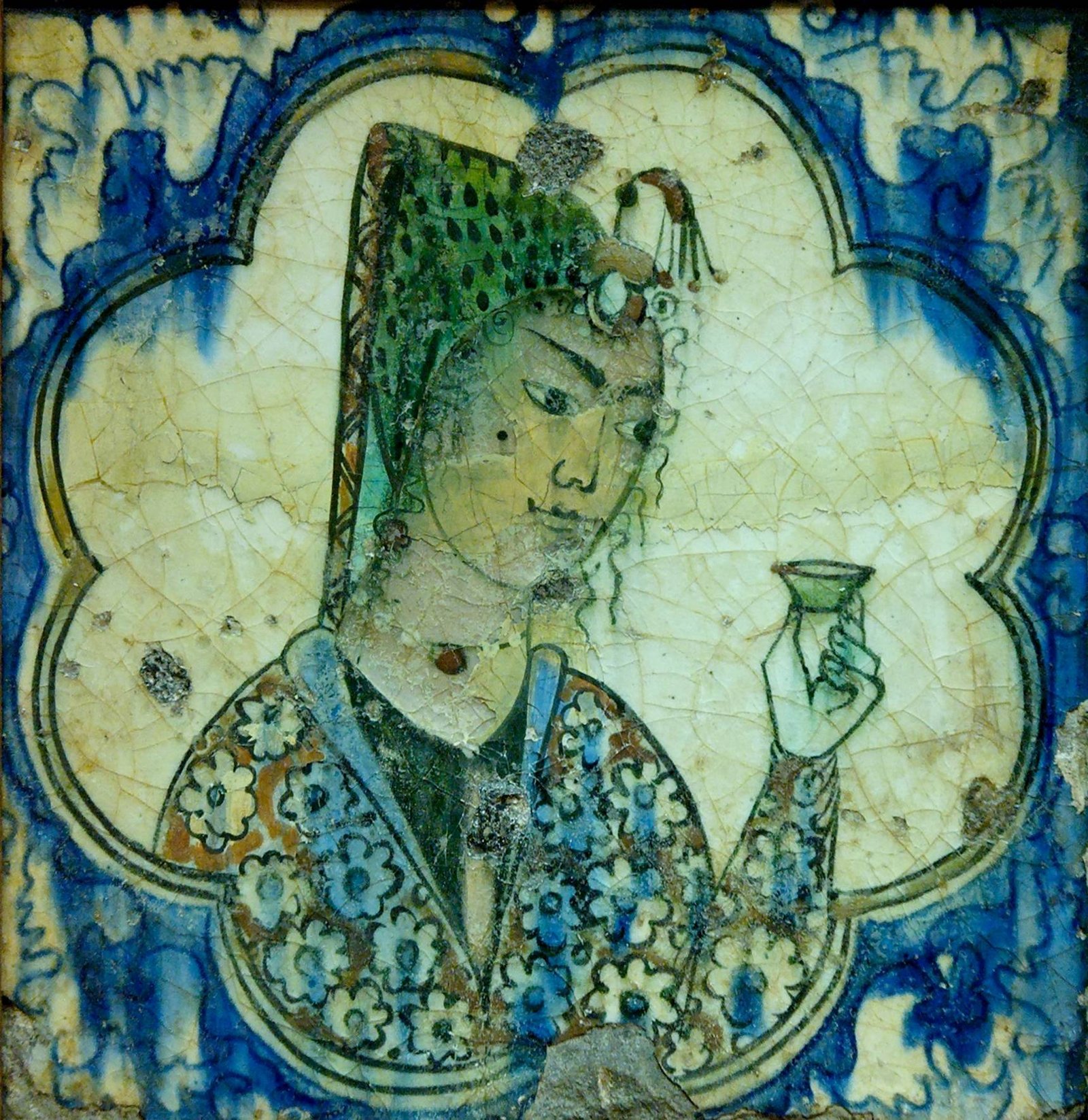The Louvre Museum, one of the world’s most famous art institutions, has a rich history that extends far beyond its current role as a cultural treasure trove. Originally constructed as a fortress in the 12th century, the Louvre evolved into a royal palace before becoming the renowned museum we know today. This transformation from a defensive structure to a royal residence and finally to a public museum spans over 800 years, encompassing various architectural styles and historical periods.
What Was the Original Purpose of the Louvre?

The Louvre’s journey began in 1190 when King Philip II Augustus commissioned the construction of a fortress to protect Paris’s western front. This initial structure was far from the grand palace or museum we recognize today:
- Purpose: Defensive fortress
- Design: Square plan with thick curtain walls
- Features: Ten round defensive towers
- Location: Western edge of Paris
As the centuries passed, the Louvre’s role in French society underwent significant changes, reflecting the evolving needs and aspirations of the monarchy.
How Did the Louvre Transform from a Fortress to a Palace?

The transformation of the Louvre from a military stronghold to a royal residence was a gradual process that unfolded over several centuries:
- 14th Century: King Charles V initiated the first major renovation, converting the fortress into a more comfortable living space.
- 16th Century: Francis I ordered the demolition of the old medieval castle and began constructing a Renaissance-style palace.
- 17th Century: Louis XIII and Louis XIV continued expanding and embellishing the palace, adding new wings and lavish decorations.
This evolution reflected the changing priorities of the French monarchy, from military defense to showcasing royal power and cultural refinement.
What Architectural Features Reveal the Louvre’s Royal Past?
The Louvre’s architecture is a testament to its royal heritage, blending various styles from different periods:
Medieval Elements
- Underground remnants of the original fortress
- Thick walls and foundations
Renaissance Features
- Lescot Wing (oldest standing section above ground)
- Elegant façades and ornate decorations
French Classical Style
- Colonnade designed by Claude Perrault
- Symmetrical layout and grand proportions
Key Structures
| Structure | Description | Significance |
|---|---|---|
| Cour Carrée | Central courtyard | Part of 16th-century design |
| Colonnade | Eastern façade | Symbol of French Classical architecture |
| Louvre Pyramid | Modern glass entrance | Blends contemporary with historical |
These architectural elements serve as a visual timeline of the Louvre’s transformation from fortress to palace to museum.
When Did the Louvre Cease to Be a Royal Residence?
The Louvre’s role as a royal residence came to an end in 1682 when Louis XIV moved the court to Versailles. This marked a significant shift in the building’s purpose:
- 1682: Louis XIV relocates the royal court
- 1692-1793: Louvre used for various purposes, including housing artists
- 1793: Officially opens as a public museum during the French Revolution
How Did Napoleon Bonaparte Influence the Louvre?
Napoleon Bonaparte played a crucial role in shaping the Louvre as a museum:
- Renamed it Musée Napoléon
- Expanded the collection through military conquests
- Commissioned renovations and improvements to the building
Napoleon’s efforts significantly enhanced the Louvre’s status as a cultural institution.
What Amenities Are Available for Visitors Interested in the Louvre’s Royal History?
For those eager to explore the Louvre’s royal past, the museum offers several amenities:
- Guided tours focusing on the palace’s history
- Audio guides with detailed historical information
- Specialized exhibitions highlighting royal artifacts
- Interactive displays showcasing the building’s architectural evolution
These resources allow visitors to immerse themselves in the Louvre’s rich historical narrative.
What Challenges Might Visitors Face When Exploring the Louvre’s Palace History?
While the Louvre offers a wealth of historical insights, visitors may encounter some challenges:
- Crowds: The museum’s popularity can make it difficult to fully appreciate its architectural details.
- Size: The vast scale of the building can be overwhelming and time-consuming to explore thoroughly.
- Accessibility: Some historical areas may have limited access due to preservation efforts.
- Information Overload: The sheer amount of historical information can be daunting for casual visitors.
To address these challenges, consider:
– Visiting during off-peak hours
– Planning your route in advance
– Utilizing guided tours or audio guides for focused exploration
– Allocating sufficient time for your visit
How Has the Louvre’s Royal Past Influenced Its Current Role as a Museum?
The Louvre’s royal heritage continues to shape its identity as a museum in several ways:
- Collection Focus: Many exhibits reflect royal tastes and acquisitions
- Architectural Preservation: Ongoing efforts to maintain historical features
- Cultural Significance: The building itself is considered a masterpiece of French architecture
- Visitor Experience: The grand scale and opulent design contribute to the museum’s awe-inspiring atmosphere
This blend of historical significance and cultural treasure makes the Louvre a unique institution that bridges past and present.
In conclusion, the Louvre Museum was indeed once a palace, and its royal history is an integral part of its identity. From its origins as a fortress to its centuries as a royal residence and its current status as a world-renowned museum, the Louvre embodies the cultural and architectural evolution of France. Visitors today can experience this rich heritage firsthand, exploring the grand halls and exquisite artworks that have made the Louvre an enduring symbol of French culture and history.
References:
1. Louvre Palace – Wikipedia
2. Louvre Palace : a royal residence turned into a museum
3. Louvre | History, Collections, & Facts | Britannica

